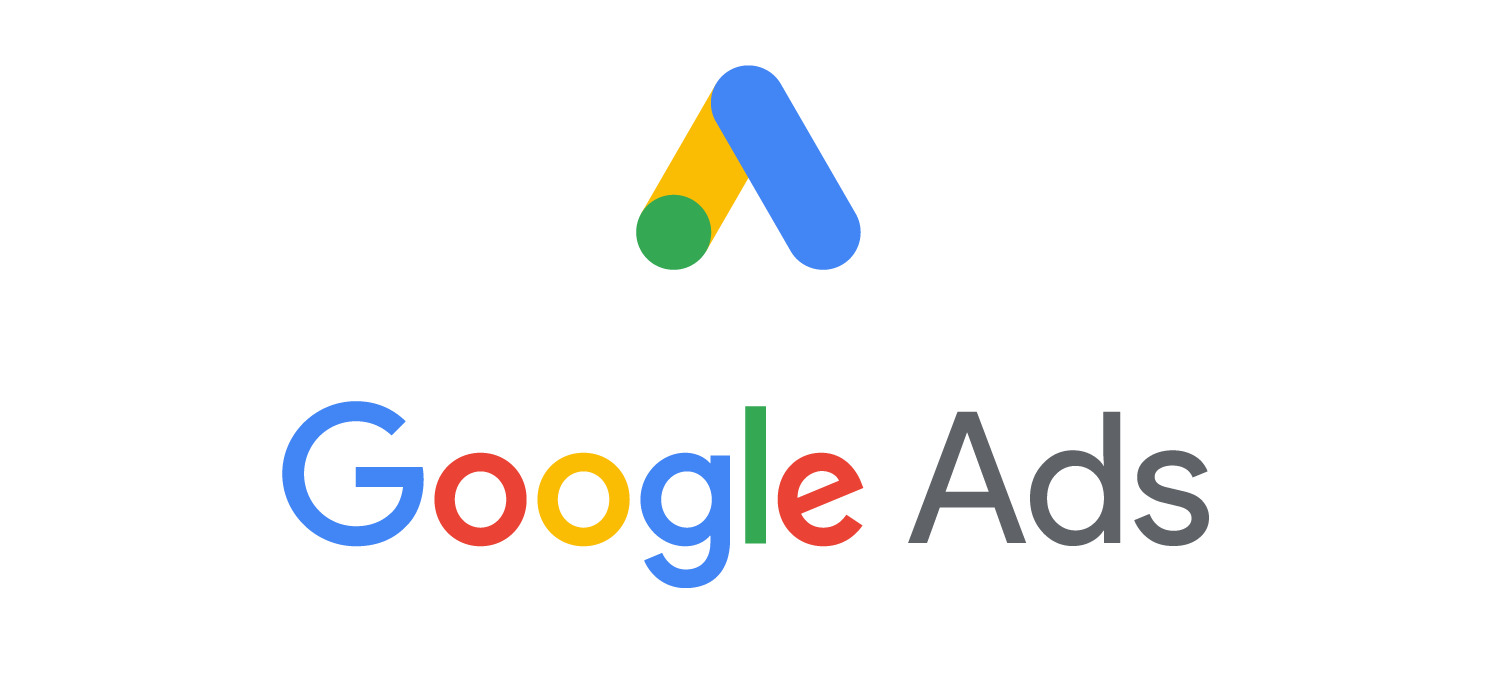Last updated on January 5th, 2021 at 04:16 pm
Google Ads (formerly Adwords) has revolutionized marketing and advertising by making complex tools available to anyone who has a credit card, by selling advertisements in a live auction style and by publishing the ads to individuals who are searching for relevant information, solutions and products.
With such a powerful, immediate and convenient marketing tool at your fingertips, it can become frustrating when your expectations aren’t being met. Common Ads frustrations include:
- Paying high cost-per-clicks (CPC) and not getting enough new business
- Trying to keep up in an environment of constantly changing ad positions
- Inability to max out your daily budget
- Information overload with new features and tools to manage your campaigns
- Confusion about which changes to make to improve overall campaign performance
Google Ads/Adwords is an excellent lead generation tool if you understand these fundamentals:
- The mindset of your online audience when they search for your business
- How to increase the click through rate (CTR) of your campaign
- How to increase the conversion rate of your website’s landing page
- How to track and measure the results of your campaign
The mindset of your online audience
There are two types of searchers operating:
- Those who know what they want right now, and
- Those who aren’t yet sure what they want and are in research mode.
Two studies done by Enquiro and MarketingSherpa, “Into the Mind of the Searcher” and “What Are B2B Purchasers Looking For?”, respectively, show a distinct difference in the way individuals search – depending on whether they are in the purchasing or research phase. Researchers want product/service info, comparisons, evaluation criteria and RFP info; purchasers want the best corporate fit, customer service, implementation and procurement info.
Your Google Ads campaign can take advantage of both types of prospects by selecting appropriate keywords for each audience. Researchers tend to use keywords that are general and broad, whereas purchasers use keyword phrases that are specific and descriptive.
Increase the click through rate (CTR)
Searchers click on links when they find straightforward, to-the-point headlines, description lines and display URLs that resonate with their goals. How often have you searched for something and found that all the listings but one had the exact same headline? Which one did you click?
The point is not to be a copycat when creating your ad; make the ad unique, direct and relevant to the searcher. Then test your ad’s communication in the live environment to learn which version and combination of headline and description gets the highest CTR. Don’t stop there, continue to test ad communication regularly because the marketplace is constantly changing.
Increasing the CTR will often allow a lower cost-per-click (CPC) to maintain the same ad position – meaning that, in many cases, the visibility of your ad increases when the CTR increases. Although Google continually changes the factors that influence ad positions (like quality score and maximum CPC), the CTR has been and probably always will be one of the main factors.
Increase the conversion rate of your landing page
When someone clicks on your ad and lands on your website, they typically make a decision within 2 seconds to stay or leave. If your landing page carries the scent of your ad’s communication and keyword, your prospect is more likely to stay longer; otherwise, she leaves because nothing makes her think she’s at the right place. Her eyes tend to start at the top left of the page and scan for clues to help her find what she wants.
Generate interest with your web visitors by identifying with them, demonstrating that you understand their problem or pain. Keep in mind that the way your online audience prefers to receive information in order to make a decision may be very different from the way your company presents it. So make allowances for different personalities and different approaches to decision-making.
Some questions to ask about your web visitors and customers:
- What motivates our visitors to make a purchase or to give up their contact information?
- How do they approach making a decision about our offerings?
- What expectations do they have before purchasing?
When the communication on your landing page resonates with your target audience, you will see longer visits and an increase in the response you want most: lead generation.
Track and measure the results
One of the most powerful and yet overlooked areas of marketing is web analytics. No other marketing tool can tell you with as much detail and accuracy whether you are achieving your marketing objectives or not. Web analytics tools have been designed to show smart marketers what works and what doesn’t, so that time and resources are spent on top-performing keywords, ads and landing page communication.
Some key performance indicators to track lead generation:
- Total number leads (from form fills, phone calls, subscribers, etc.)
- Total leads conversion rate
- Percent leads from first time visitors
- Percent leads from returning visitors
- Percent leads from each major traffic source (organic search, paid search, direct, referral, display, social)
- Amount of time a visitor remains on your site during an average visit
When you make a strategic change to your website or Google Ads campaign, evaluate how it impacts these key performance indicators, and then make changes accordingly. It’s often surprising what a big difference a few, seemingly minor “tweaks” can make to a campaign’s performance.
Knowing the ins and outs of Google Ads can be frustrating, but consider yourself ready to make improvements with what you’ve just read, you’ve now got the techniques and tools to take your Ads campaign to the next level.
And if you find that you’re short on time or expertise to manage or evaluate your campaigns the way you’d like, contact us: we’ve been managing Google Ads campaigns since ’03 (when it was Adwords), and would be happy to help you achieve the campaign success you deserve.
